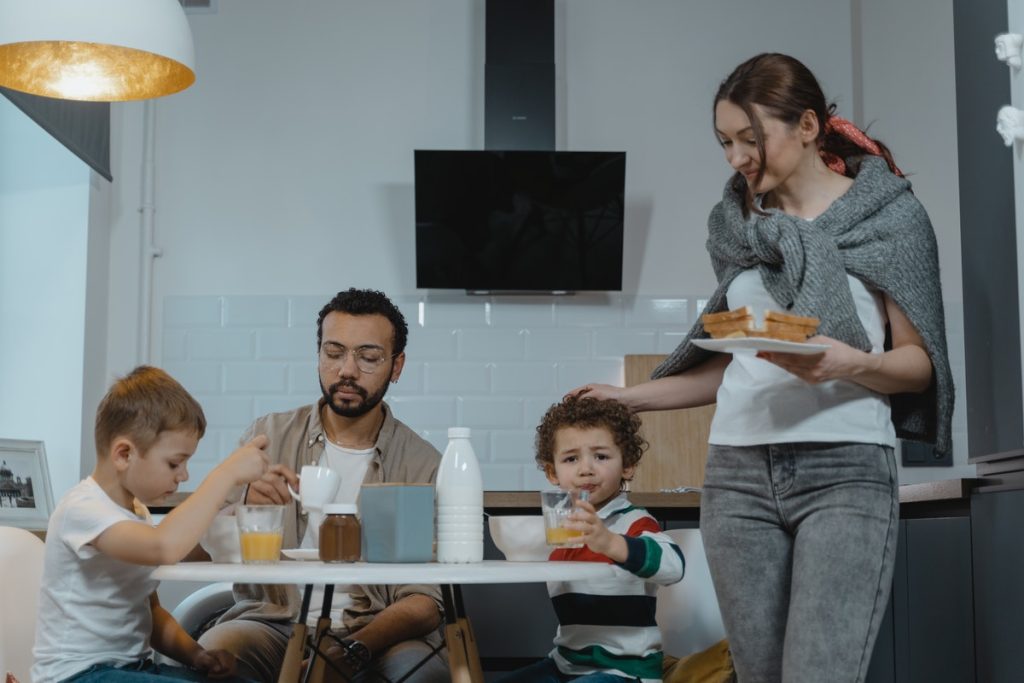The old saying goes, “a house is only as strong as its foundation.” This is especially true when it comes to raising a family. To provide a safe and healthy environment for your children, it is important to ensure that your home is up to code and free of any potential hazards. If you live in an older home, this can be a challenge.
However, there are some steps you can take to ensure that your family is safe.
Check for Lead Paint
If your home was built before 1978, there is a chance that it contains lead paint. Lead paint can be dangerous if ingested or inhaled and can cause serious health problems, particularly in children. If you suspect your home has lead paint, have it tested by a professional.
A professional will use special equipment to test for lead paint. They might take a sample of the paint or dust from your home and test it in a lab. If you have lead paint in your home, you might need to remove it or cover it up. You should hire a certified professional to do this work.
Test for Radon
Two important ways to protect your family from harmful toxins in your home are to test for radon and install a water filtration system. Radon is gas in all homes, but it can be dangerous if it builds up to high levels. Radon is especially harmful to children, as their bodies are still developing. The only way to know if your home has high radon levels is to have it tested by a professional.
Suppose the levels of radon in your home are found to be high. In that case, mitigation strategies can be employed to reduce the levels of radon gas. Another way to protect your family from toxins in your home is to install a water filtration system. This will ensure that your family’s drinking water is free of harmful chemicals and contaminants.
Inspect the Electrical System
Another potential hazard in older homes is outdated or faulty electrical wiring. This can pose a fire hazard, so it is important to have your home’s electrical system inspected by a qualified electrician. The electrician will check for any signs of wear and tear and any potential code violations.
If any repairs are needed, the electrician will be able to make them in a safe and timely manner. In addition, the electrician may also recommend upgrading your home’s electrical system to meet current safety standards. This can give you peace of mind knowing that your home is up to date and safe from fire hazards.
Replace Faulty Appliances.
Many appliances, such as furnaces and water heaters, have a limited lifespan. Suppose your home has any appliances that are more than 10 years old. In that case, it is a good idea to have them inspected by a qualified technician. The technician will be able to tell you if the appliance is still safe to use or if it needs to be replaced.
The rust and misuse in the exterior of old appliances or furniture can also be a health hazard for your family if not taken care of. If you have any old appliances or furniture you’re not using, it’s best to get rid of them. Not only will this free up space in your home, but it will also help keep your family safe from harm. Or you can also sandblast old furniture or appliances to remove any lead-based paint or other toxins that may be present.
Watch for Pests
Pests are more than just a nuisance-they can also carry diseases that can harm your family. That’s why it’s important to look for signs of an infestation, such as droppings or chew marks on food. If you suspect there may be pests in your home, the best course of action is to call a professional pest control company.
They can properly identify the type of pests and determine the best course of treatment. In the meantime, there are some things you can do to reduce the risk of an infestation, such as sealing up cracks and crevices and keeping food stored in airtight containers.
Final Thoughts
While some potential hazards come with living in an old house, there are also many benefits. You can help keep your family safe and healthy by taking a few simple precautions. And by preserving this historic home for future generations, you’ll be teaching your children about the importance of taking care of something and preserving it for future use.





